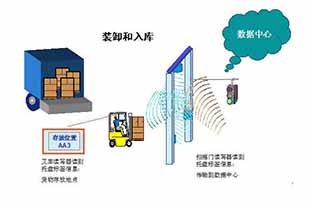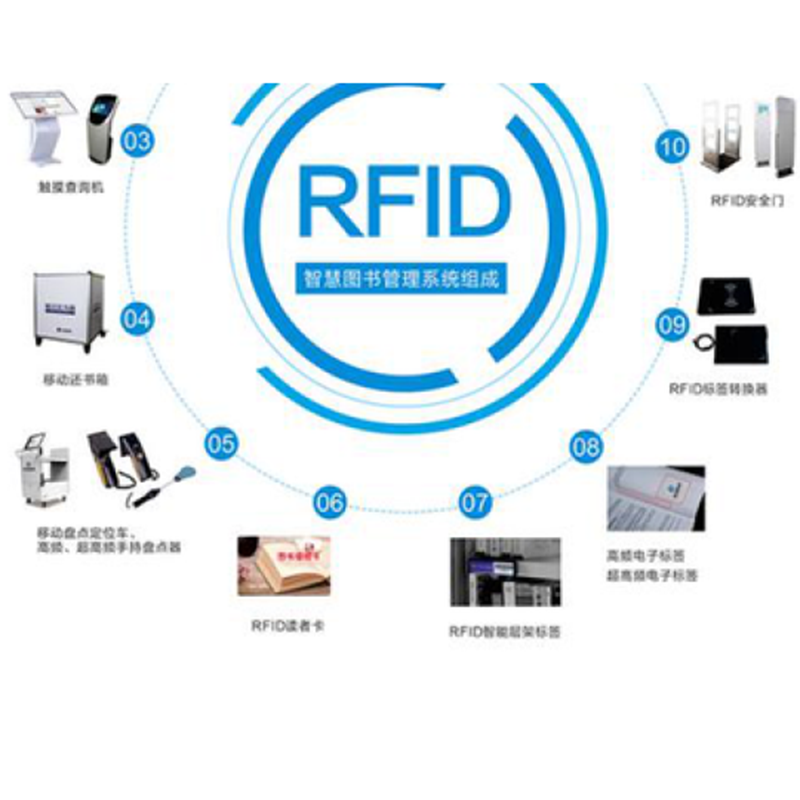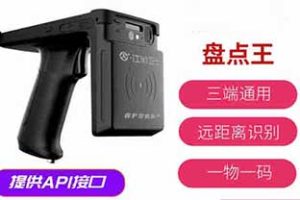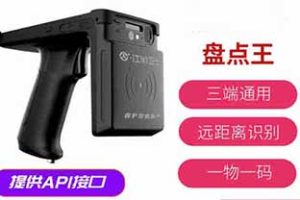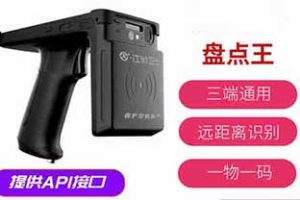RFID inventory counting steps and advantages of RFID asset management system

Traditional warehouse inventory uses barcode scanning or manual registration, which is inefficient and prone to errors. RFID technology can recognize multiple targets simultaneously, with a long recognition distance, fast speed, and strong anti-interference ability. In RFID inventory counting, RFID electronic tags can be attached to the packaging of each item, and detailed information such as the specific information and storage location of the goods can be written in the tags. When the goods are in various stages of storage, relevant information can be automatically collected and recorded through RFID readers.
RFID inventory counting steps for RFID asset management system
1. Each item in the tag deployment warehouse needs to be accompanied by an RFID tag, which is usually attached to the item when it enters the warehouse. The tag contains the identifier and relevant attribute information of the item.
2. RFID readers are deployed to read and write information from RFID tags. In warehouses, RFID readers are typically installed in fixed locations to cover the entire warehouse area.
3. Developing an inventory plan is key to ensuring the smooth progress of the inventory process, including determining the inventory scope, schedule, personnel, and required equipment.
4. During the inventory period, tag scanning recognition uses RFID readers or RFID handheld devices to scan RFID tags in the warehouse. The readers transmit the read tag information to the inventory management system.
5. After the inventory is completed, the data is verified and the inventory report can be generated if there are no errors.
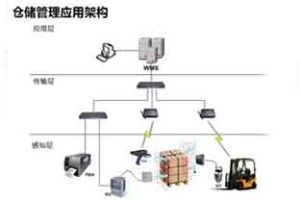
RFID Asset Management System
Advantages of RFID inventory counting steps in RFID asset management system
1. Automation and real-time RFID technology can achieve automated data collection and processing. RFID tags can be quickly identified, record the location and quantity of items, and provide real-time data updates.
2. Batch inventory RFID technology can simultaneously read multiple tags without scanning them one by one, making inventory counting more efficient and enabling quick processing of large quantities of items.
3. Anti interference and durability RFID tags have the ability to resist interference and can be used for a long time in warehouse environments without being affected by external factors. They also have high durability and can work normally under different temperature, humidity, and climate conditions.
RFID technology is non-contact and can quickly identify and record item information without opening boxes or containers. It has higher accuracy and reliability, and can achieve real-time and accurate data collection and updates. In this way, warehouse management personnel can have a more timely understanding of inventory situation, and better plan and manage warehouse logistics.
